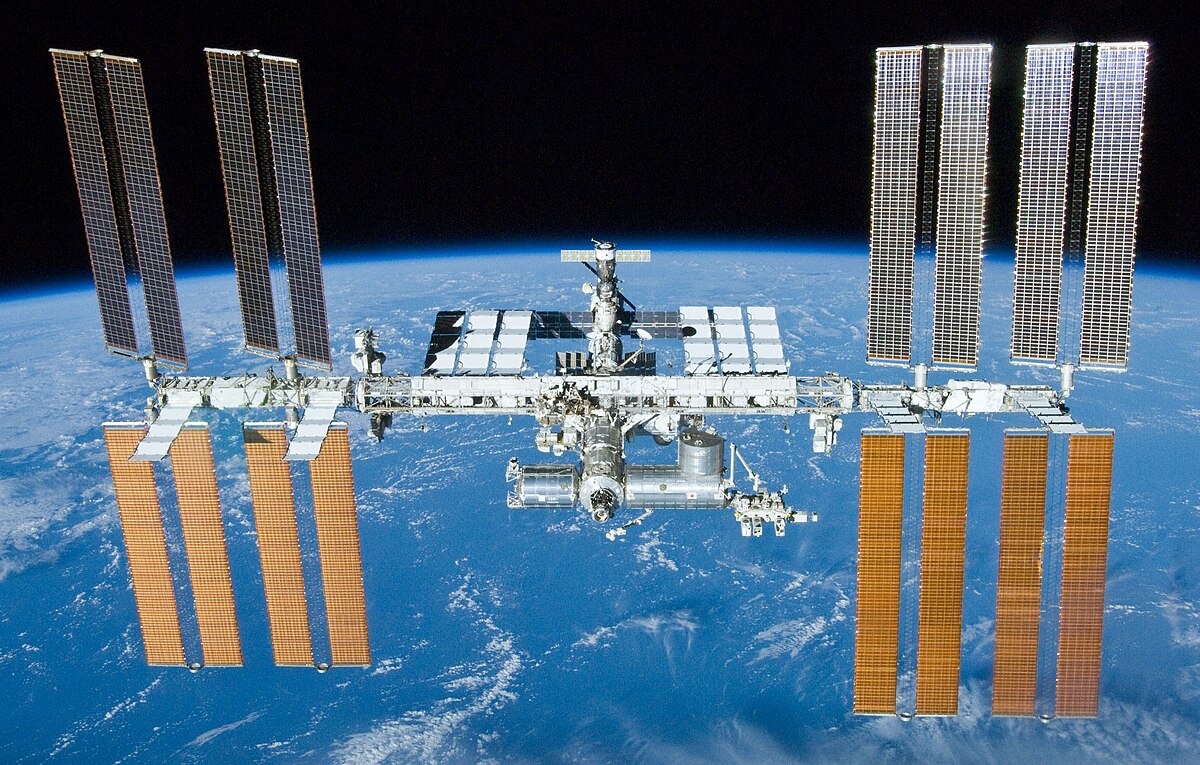US astronauts onboard the International Space Station (ISS) have been complaining of headache, with Russian and US scientists divided on whether an increased concentration of carbon dioxide in the station’s atmosphere is the reason, according to a fresh report by Russia’s Yuri Gagarin Cosmonaut Training Center released on Monday.
WATCH: China Says Its Su-30 Fighter Jets Chased-Away US Spy Planes From The South China Sea
“NASA put forward in 2008 requirements to reduce the level of carbon dioxide in response to subjective complaints from some astronauts about headaches at agreed CO2 levels of 5-6 millimeters of mercury column. At the same time, no medical examination of the crew was carried out to determine the possible causes of the headache,” the report said, as cited in the training center’s scientific magazine.
Though the level of CO2 has since been gradually reduced as requested by the US side, astronauts continue to complain of headaches, with the current concentration at less than 3 millimeters of mercury, the report said.
In 2014, NASA released an article based on a detailed study of the link between CO2 levels in the ISS atmosphere and astronauts’ headaches. When only Russia’s CO2 removal system operated at the station, as the US’ one was turned off, the CO2 concentration increased up to 6.2 millimeters of mercury column and astronauts were feeling irritability and fatigue, NASA said.
Russian specialists have refuted the link, saying that Russian and foreign cosmonauts flying to the ISS over the past 30 years had not complained of headaches, with an average CO2 level in the atmosphere of the stations of about 6 millimeters of mercury.

Among possible causes of such headaches, they listed the impact of weightlessness, associated with a rush of blood to the head, as well as the fact that astronauts breathed in the exhaled air with increased content of CO2.
Earlier, NASA Administrator Bill Nelson said that Russia and the United States can cooperate in space in spite of their divergent positions.
“Even countries that we have differences with, in space we can cooperate, that fact is not lost on the leaders of Russia and the United States that will meet tomorrow at the summit,” Nelson said at the Global Space Exploration Conference in Russia’s St. Petersburg, speaking by video link.
Both nations have been “living and working together” in space since 1975, Nelson said, recalling a rendezvous of the Soviet and the American spacecraft — Soyuz and Apollo, respectively — that ended the space race.
SPACE RACE: NASA Chief Predicts Race With China To Put Next Human On Moon
“That was an example of cooperation and it continues to this day, in space, especially on the International Space Station [ISS],” Nelson noted.
Russia has recently announced that it may withdraw from the ISS by 2025 and create its own space outpost. According to Roscosmos General Director Dmitry Rogozin, Russia could hand over responsibility for the Russian segment of the international space station to the US.
He later said, however, that Russia may revise its decision to withdraw from the ISS and build its own orbital station if Washington agrees to lift sanctions.
Nelson, for his part, has repeatedly stressed that NASA was committed to partnership with Roscosmos on the ISS.
Read More
- WATCH: Russian Su-30 Fighter Forces F-35 Stealth Jets To Retreat In Their ‘First-Ever Encounter’
- Despite World’s Biggest Navy, Why China Will Struggle To Match Indian Submarines In The Indo-Pacific?




